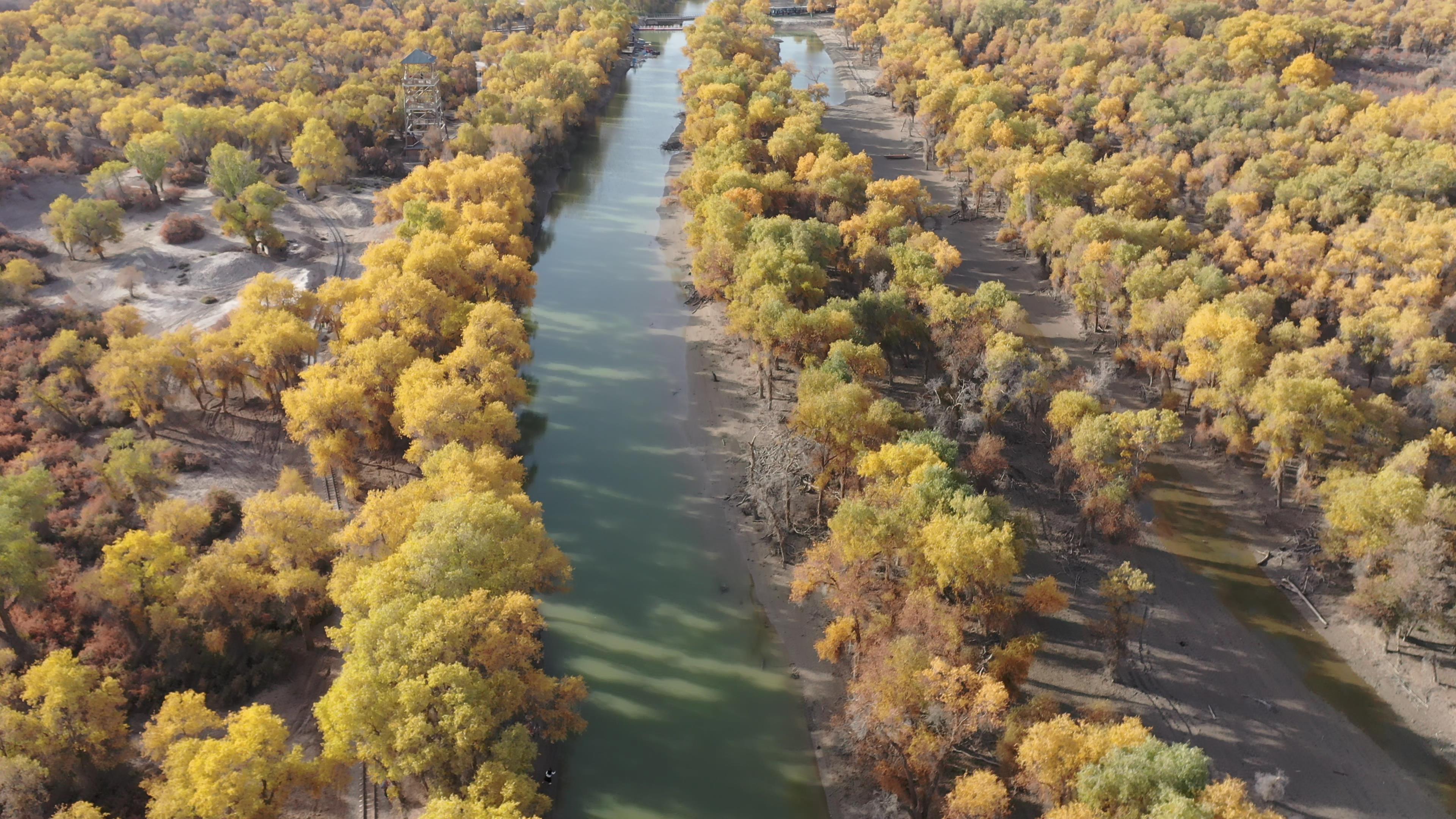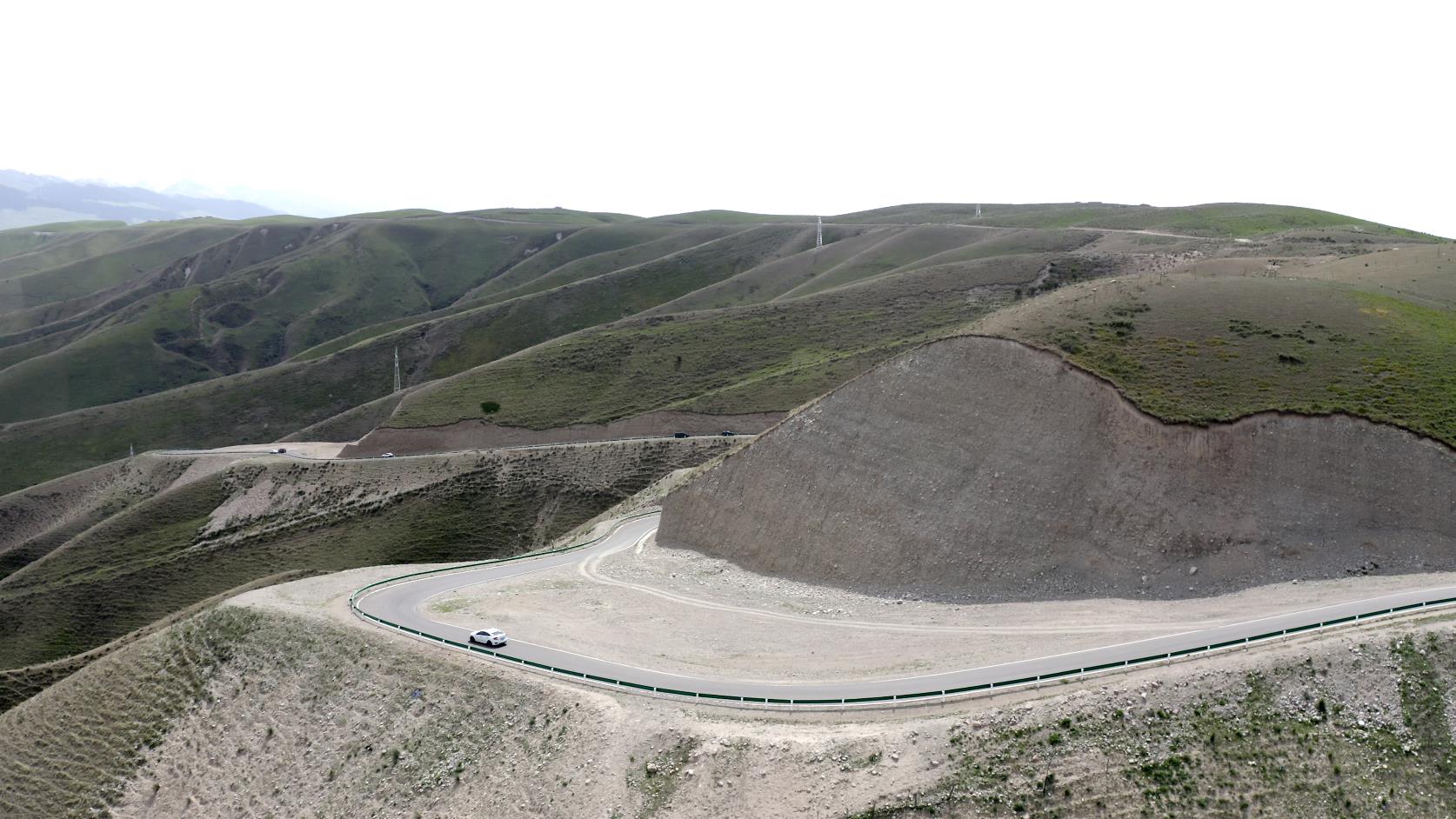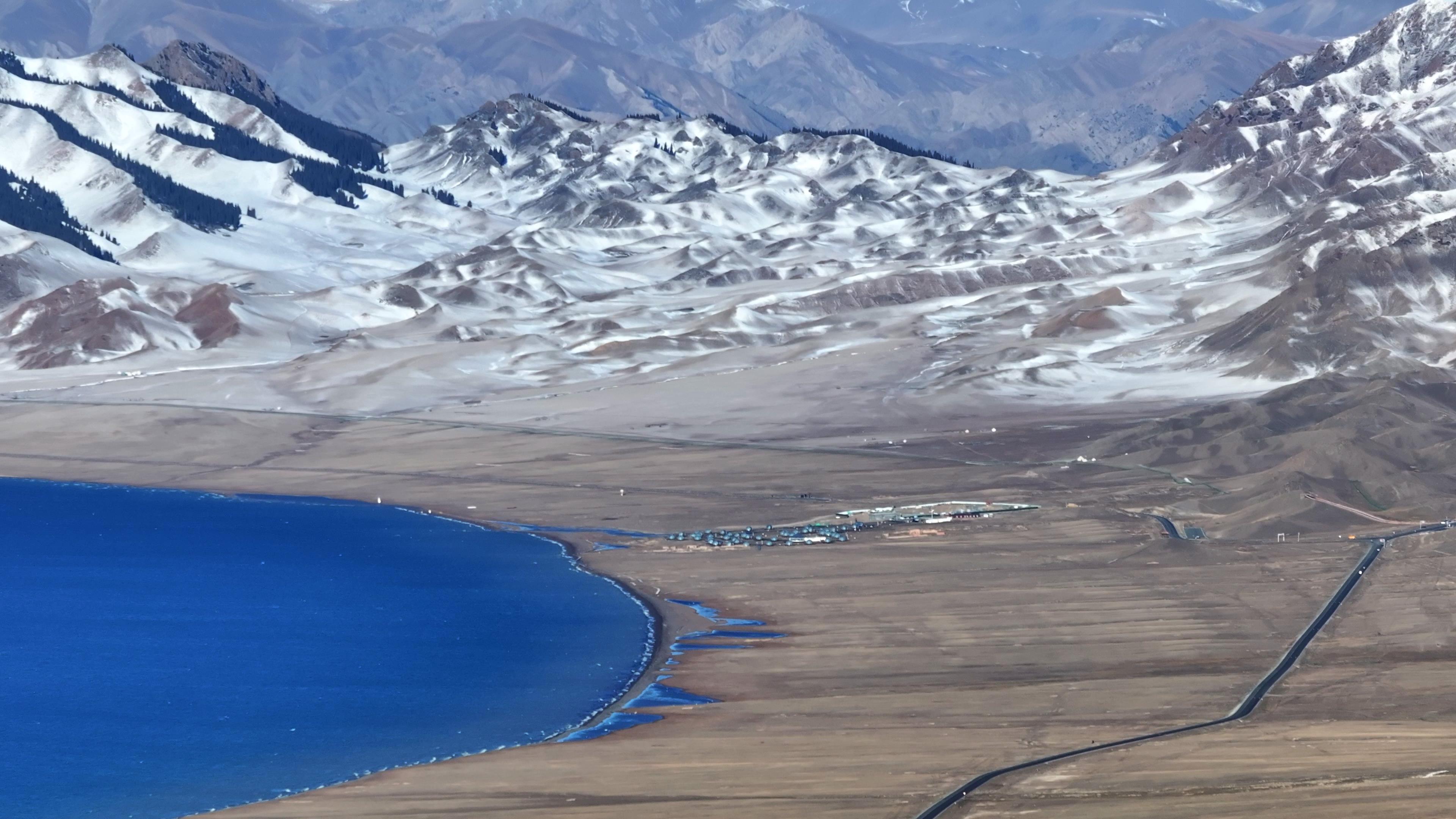
The travel route from Gansu to Xinjiang is an excellent journey to explore the scenery of western China, with rich natural landscapes and profound historical culture along the way. Here is a recommended travel route and related attractions:?
Starting Point: Lanzhou, Gansu?
Driving along National Highway G109, you will pass through the Hexi Corridor, an important passage of the ancient Silk Road, which still retains rich historical and cultural relics today.?
Cities and Attractions Along the Way?
Wuwei: Experience the prosperity and vicissitudes of the ancient Silk Road.?
Zhangye: Zhangye Danxia Landform is one of the four major Danxia landforms in China, with colorful scenery, making it a paradise for photographers.?
Jiuquan: Jiuquan not only has a rich historical culture but is also an important node leading to Xinjiang.?
Jiayuguan: As the western starting point of the Ming Great Wall, Jiayuguan Great Wall is magnificent and has a profound historical and cultural background.?
Arrival in Xinjiang?
Urumqi: The capital of Xinjiang, it is an important stop on the journey. Visit Tianshan Heavenly Lake to feel the beauty of the lakes and mountains.?
Burqin: Here, you can admire the breathtaking scenery of Kanas Lake and experience the folk customs of the Kazak people.?
Turpan: Visit famous attractions such as Flaming Mountain and Grape Valley to experience the unique local customs and traditions.?
Special Recommendation?

Duku Highway: Known as the ‘Most Beautiful Highway in Tianshan’, it spans 561 kilometers from Dushanzi to Kuqa, crossing the Tianshan Mountains with diverse landscapes along the way, including snow-capped mountains, grasslands, canyons, forests, etc.?
Travel Precautions?
Please pay attention to safety and respect local customs and traditions during the trip.?
Reasonably arrange your itinerary to ensure a pleasant journey.?
The terrain and landforms in Xinjiang are complex and diverse. Be cautious of road conditions and safety while driving.?
This route not only covers China’s geographical dividing line but also connects various natural landscapes and cultural features, making it a deep exploration journey of nature and culture.?





